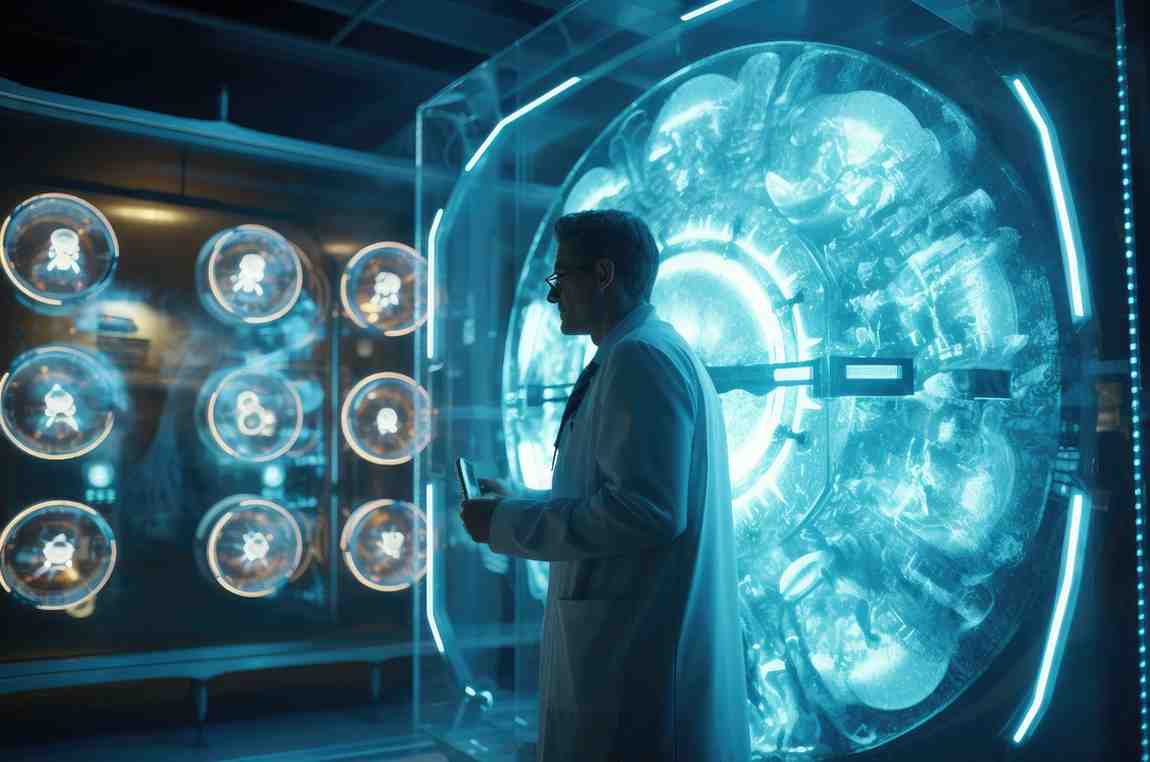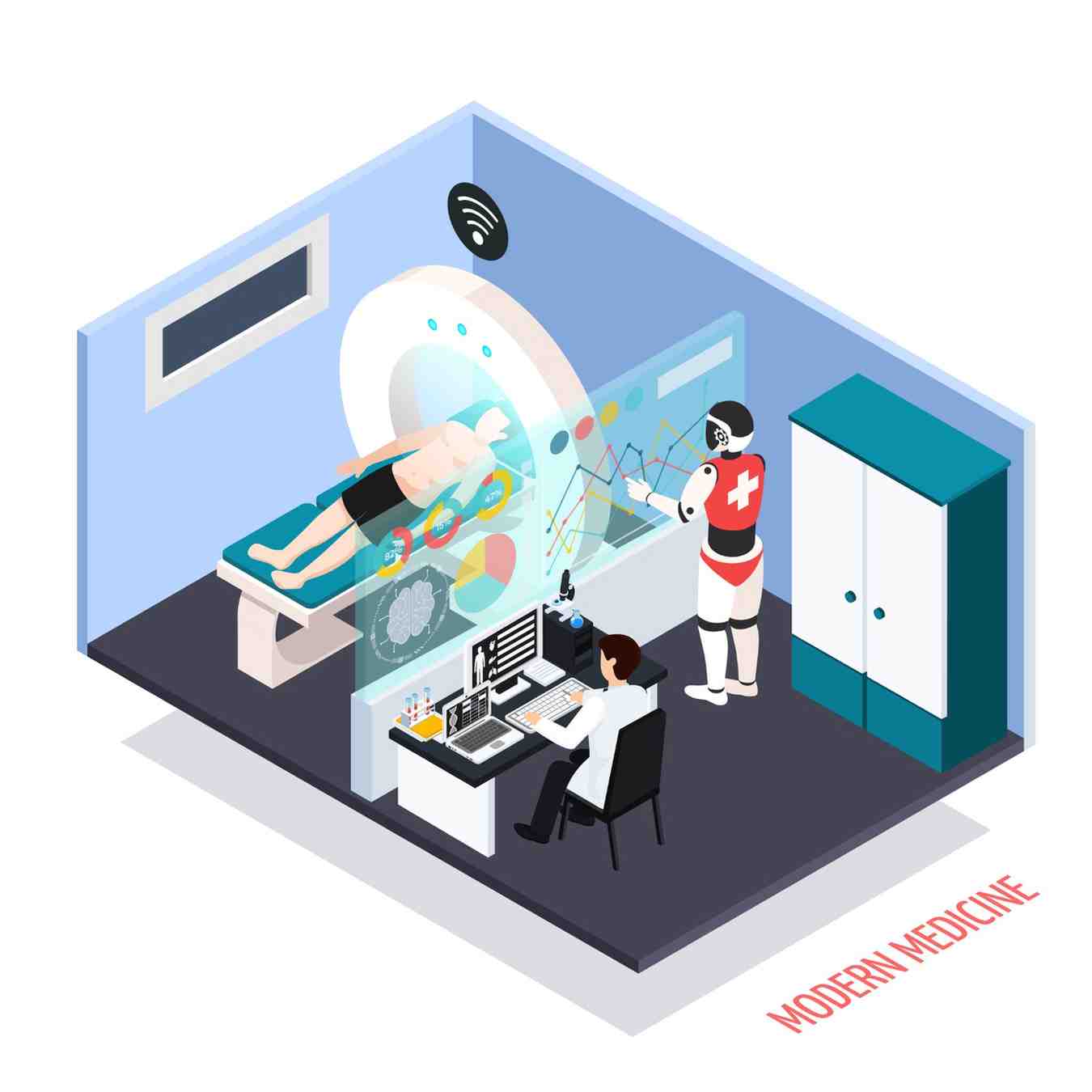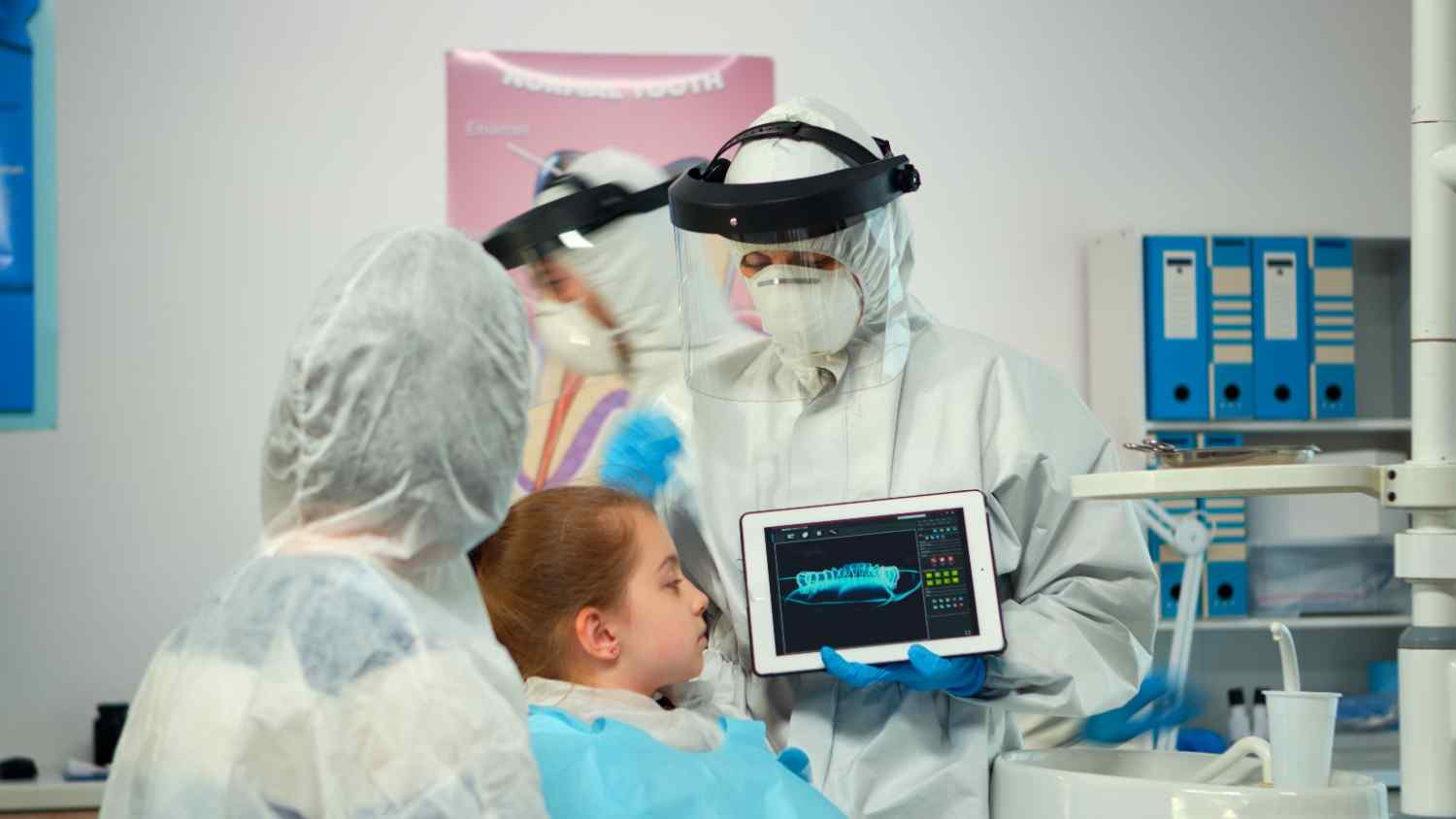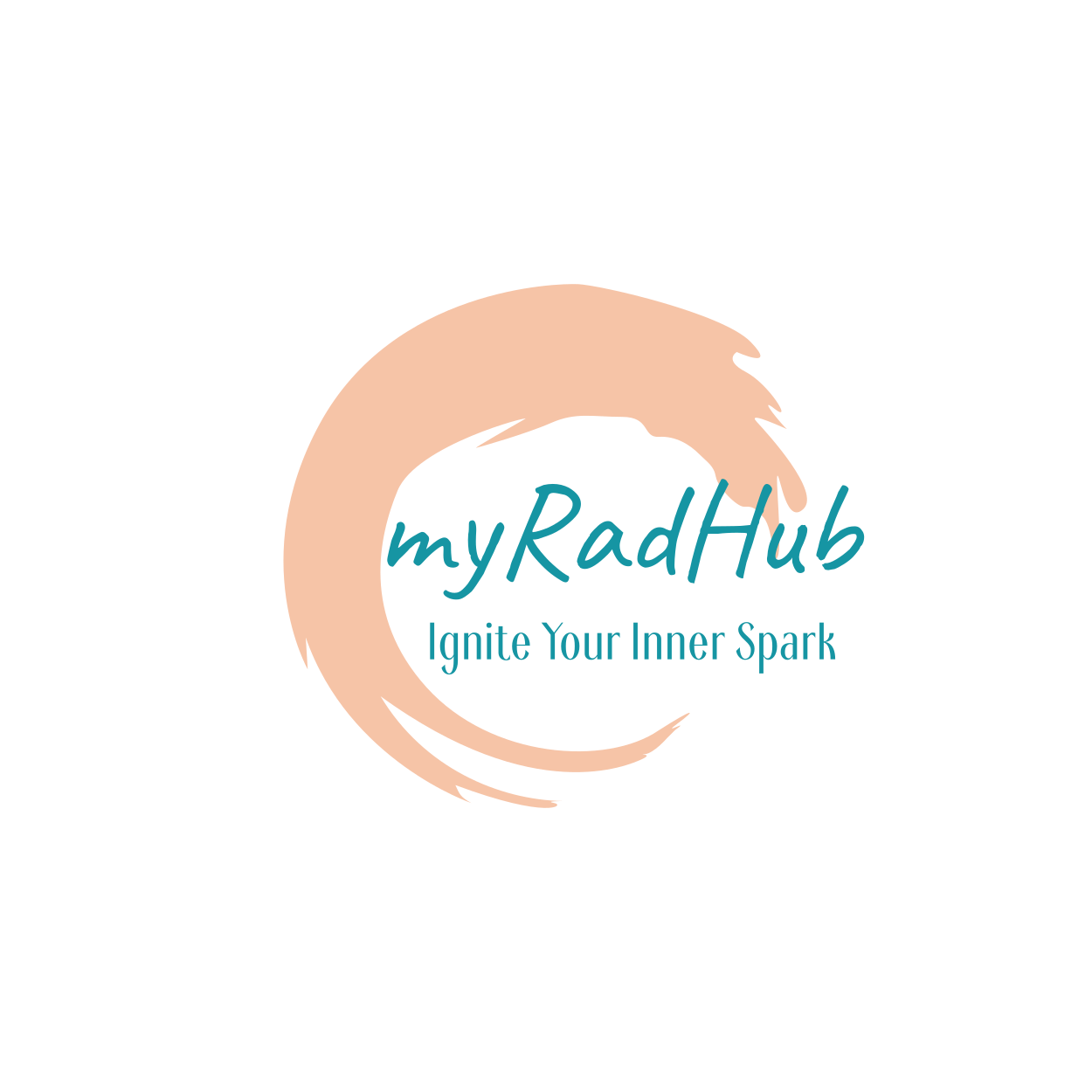AI-Powered Imaging
AI is revolutionizing radiology by enhancing diagnostic accuracy, streamlining workflows, and improving patient care. It is making significant strides across multiple radiology subfields, improving clinical practices and leading to better patient outcomes. AI-driven technologies such as machine learning, deep learning, and natural language processing (NLP) are playing a pivotal role in automating routine tasks, aiding in early disease detection, and supporting clinical decision-making. This allows radiologists to focus on more complex diagnostic challenges.
- AI-Powered Anomaly Detection: Advanced algorithms identify abnormalities with high precision, aiding in early disease diagnosis.
- High-Resolution Imaging: AI-driven image enhancement techniques provide clearer and more detailed visuals for accurate assessments.

Reducing Workload
Artificial intelligence (AI) is revolutionizing radiology by significantly reducing the workload of radiologists. AI-driven automation streamlines repetitive tasks, enhances workflow efficiency, and minimizes administrative burdens, allowing healthcare professionals to focus on complex cases that require human expertise. By integrating AI-powered tools into radiology departments, hospitals and imaging centers can improve turnaround times, optimize resource allocation, and enhance patient outcomes. AI assists in various aspects of radiology, from image acquisition and pre-processing to final report generation. Automated image analysis reduces the need for manual review, helping radiologists prioritize urgent cases and make faster, more accurate diagnoses. Moreover, AI-driven speech recognition and natural language processing (NLP) technologies assist in transcribing radiology reports in real time, cutting down documentation time and minimizing errors.
- Automated Image Triage: AI systems classify and prioritize scans, ensuring critical cases receive immediate attention.
- Workflow Optimization: Intelligent scheduling and case allocation enhance efficiency, reducing wait times for patients.
- Report Automation: AI-powered transcription and structured reporting minimize administrative tasks for radiologists.
- Decision Support Systems: AI provides real-time insights, helping radiologists make informed decisions faster.

Early Disease Detection
Early detection of diseases is crucial in improving patient outcomes, and artificial intelligence (AI) is playing a transformative role in identifying abnormalities at their earliest stages. AI-powered imaging tools can analyze vast amounts of medical data, recognizing patterns that may be too subtle for the human eye. By leveraging machine learning algorithms, AI assists radiologists in detecting conditions such as cancer, cardiovascular diseases, and neurological disorders with greater accuracy and speed. Predictive analytics further enhances early diagnosis by identifying high-risk patients based on historical data, medical records, and genetic predispositions. This proactive approach allows for timely interventions, improving treatment success rates and reducing healthcare costs. Moreover, AI-driven tools can process imaging scans in real time, flagging potential concerns for further examination, ensuring that no critical case goes unnoticed.
- Predictive Analytics: AI identifies high-risk individuals based on medical history and genetic markers.
- Rapid Abnormality Detection: AI-powered imaging accelerates the identification of potential health issues.
- Minimized Diagnostic Errors:

